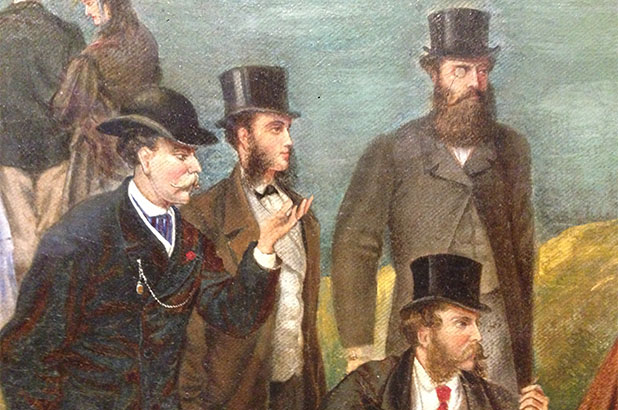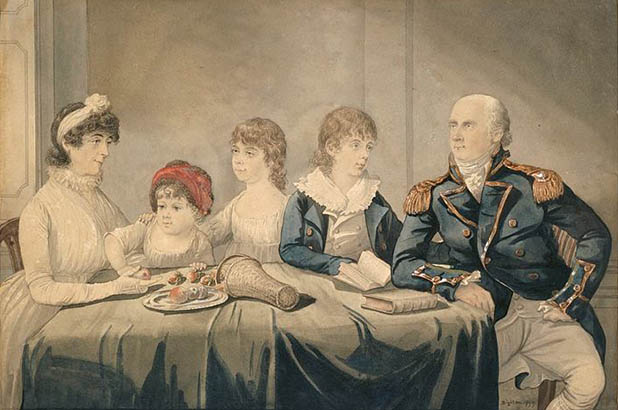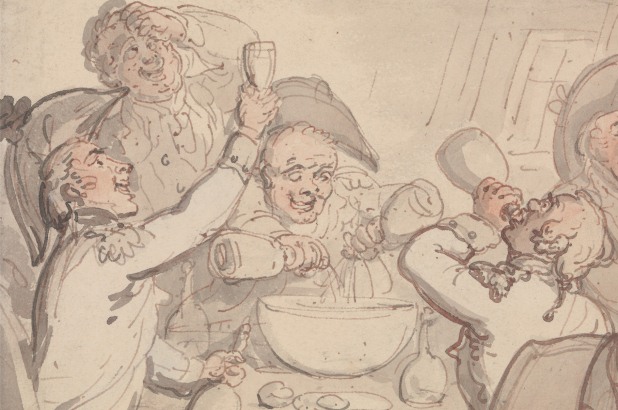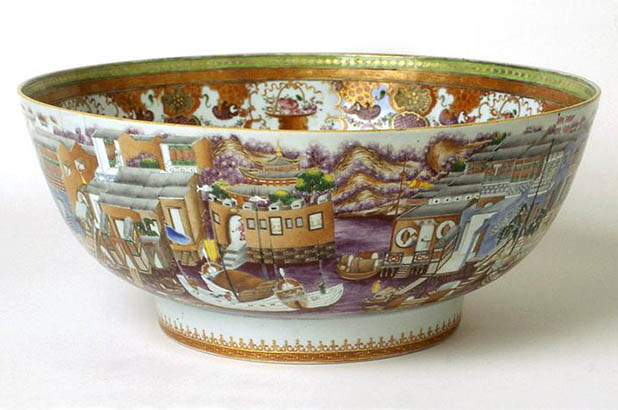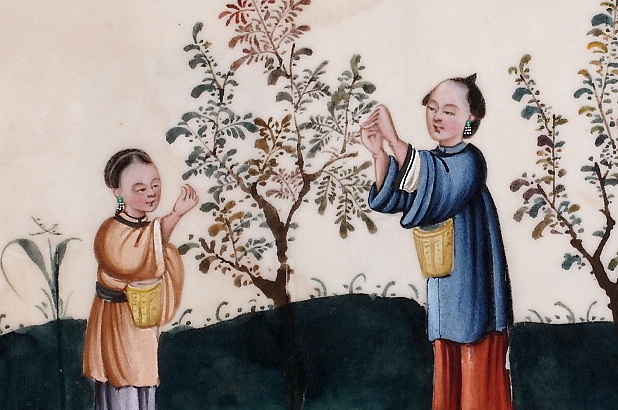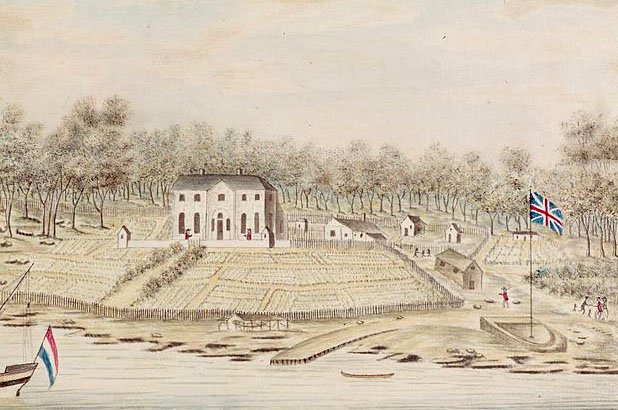With Movember nearly over for another year here’s a post in honour of the flavour saver, in praise of moustache cups, and some unexpected inspiration from Eat your history: a shared table exhibition for owners of fledgling facial hair wondering where they go to from here. Gentlemen, step away from the razor! Continue reading
Flavour savers!
A day’s picnic on Clark Island, Sydney Harbour (detail), Montagu Scott, 1870. State Library of New South Wales: ML3
